Are you looking to transition to a zero drop shoe but don’t know what your best options are? (If so, start here) Maybe you’re already running in Altras, but you’re looking to transition to a more “barefoot” feel, and you’ve heard Vivobarefoot is the way to go?
In this post, I’m going to guide you through some of the critical differences between Vivobarefoot and Altra so you know which brand works better in different situations and which shoe is best suited for your feet and running style. And I even include real-world gait analysis data to prove my assumptions.
While both brands share many common traits, they’re still drastically different from each other. That may mean you just use them in different situations, but it could also mean one brand just isn’t for you right now.
Which minimal running shoe is for you?
Take a quick 5-question quiz to identify the perfect minimal running shoe for your feet! You'll get both road and trail options based on your answers!
I’ve run in both Altra and Vivobarefoot shoes over the years. Not to mention, I worked in a running shop back in the day. So I am more than happy to pass on the information to help you make your next running shoe purchase the most informed it can be.
If you want the quick cheat sheet to help make your decision now, jump right to the end of the post for a thorough breakdown to help you determine which running shoe brand is for you.
But first, let’s dissect each brand and what makes them different and similar.
Affiliate Disclosure: By clicking through the links on this page and purchasing the products, you’ll be helping me out. This is done because I receive a kickback from the sellers at no extra cost to you! Thank you so much for supporting us!
Vivobarefoot is a smaller brand than Altra coming out of the UK. They have a range of casual and active shoes but focus on a slightly different philosophy than Altra.
Rather than taking the current shoes on the market and cutting them back, Vivobarefoot has thrown away modern shoe options and gone back to the basics.
You won’t find any cushioning in their range of shoes, and that’s because they’re a “barefoot”/minimal brand, meaning that they’re trying to obtain the closest possible feeling to barefoot as possible. Usually, that means a very thin sole, a larger toe box to allow the toes to splay, and drastically more flexible than traditional brands.
Another huge draw to Vivobarefoot is its focus on sustainability and ethical business. You’ll find statements of environmental impact plastered all over the site and schemes like Revivo, their pre-loved Vivobarefoot shoe store that redistributes used or slightly defective shoes to new owners, both of which demonstrate their willingness to back up their pledge.
If you’re looking for shoes outside the running realm, you’ll also find lots of casual, hiking, and smart shoe options. You could argue Vivobarefoot has more stylish options than other minimal footwear brands out there. **Cough** I’m looking at you, Xero Shoes!
Altra has been slowly growing over the last 10 years, bringing its unique take on modern running shoes and shifting the traditional market held by New Balance, Nike, Brooks, Asics, Saucony, etc.
If you jump over to their website altrarunning.com, one of the first things you’ll notice is how “flat” the shoes look. That’s what they call zero-drop, which means that the front of your foot is at the same height as your heel, which is a significant shift away from the traditional shoe market.
The second marketing phrase you’ll often see with Altra is their “foot-shaped” shoe. It sounds a bit ridiculous, right? Aren’t all shoes foot-shaped?
Well, sadly not.
Most shoes have a pointed taper towards the end of the shoe. But look at your feet. Are your toes pointed? No. Toes should be allowed to splay out, similar to spreading out your fingers. This toe splay allows for all-important stability and spreading of load through the whole foot.
With Altra, you have a square-ish-shaped shoe (allowing for this toe splay). Additionally, you have the heel and toes at the same distance from the ground (that zero-drop feature I mentioned). You’ll also see a different range of cushioning throughout the range, but we’ll get to that later.
After reading the origins of both companies, the difference that jumps out would be the barefoot focus of Vivobarefoot. And whereas both Altra and Vivo share elements like being zero-drop, flexible, and foot-shaped, the most significant difference is the cushioning level of the two brands.
Altra carries a range of different road and trail shoes, and within those categories, you’ll find many models with varying levels of cushioning ranging from 20-30mm in height.
On the other hand, Vivobarefoot believes cushioning is detrimental to natural movement, so you’ll only see one or two models within the trail and road category, with only around 4mm separating your bare feet from the ground.
With the obvious difference out the way, we can now look at the nuanced distinctions that could influence your purchasing decisions.
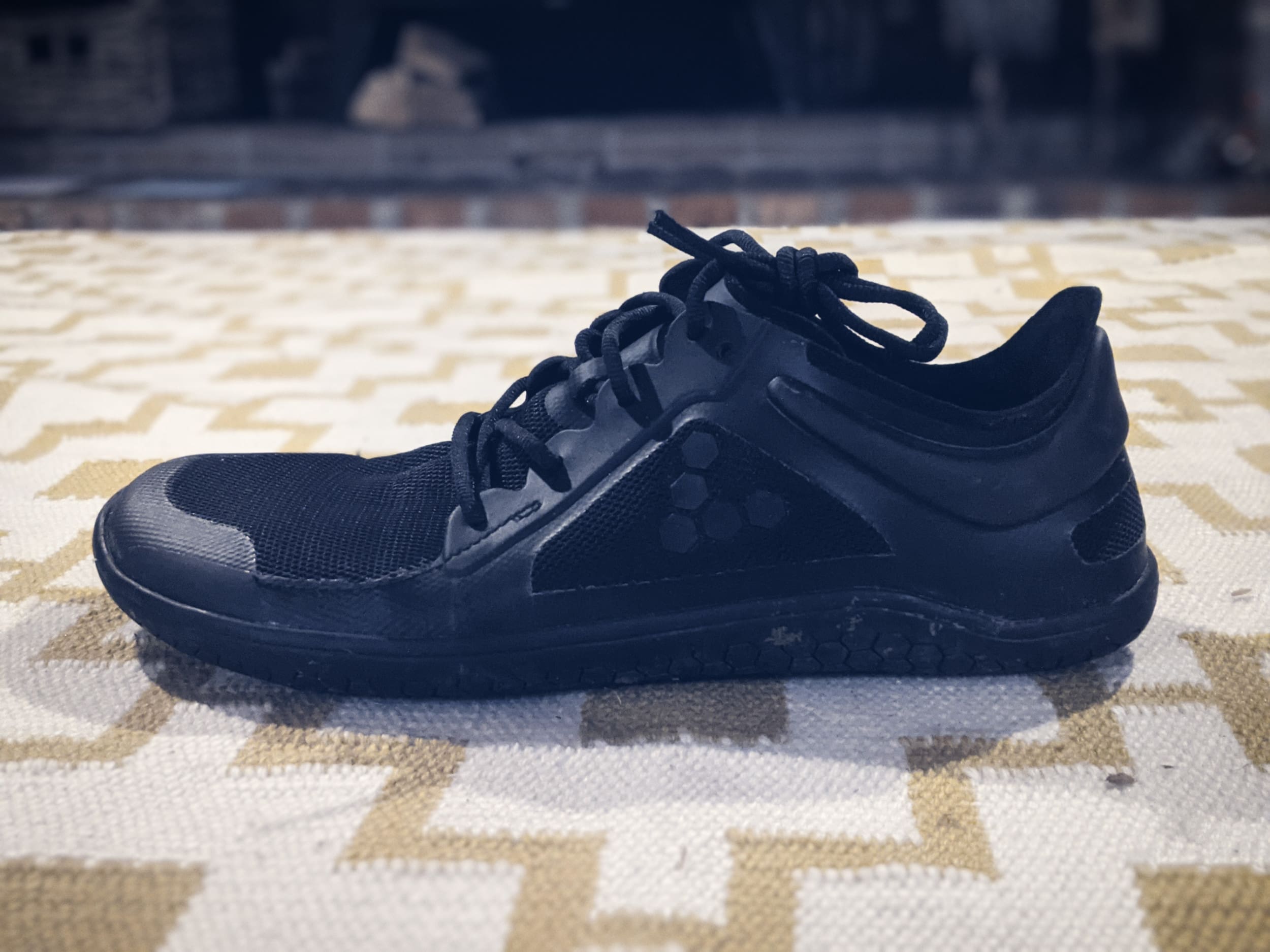
Materials
The fit, the feel, the durability
Altra has borrowed heavily from the running shoe market, using soft, light fabrics, whereas Vivobarefoot has often tried a different approach.
An example of Vivobarefoots bold material selection is the Vivobarefoot Primus Lite III. The completely recycled plastic upper makes for an odd and unfamiliar feeling but is very satisfying once you get the lacing locked in. The plastic materials they use have a more remarkable resilience than Altras fabrics, meaning you’ll get a ton more life out of them.
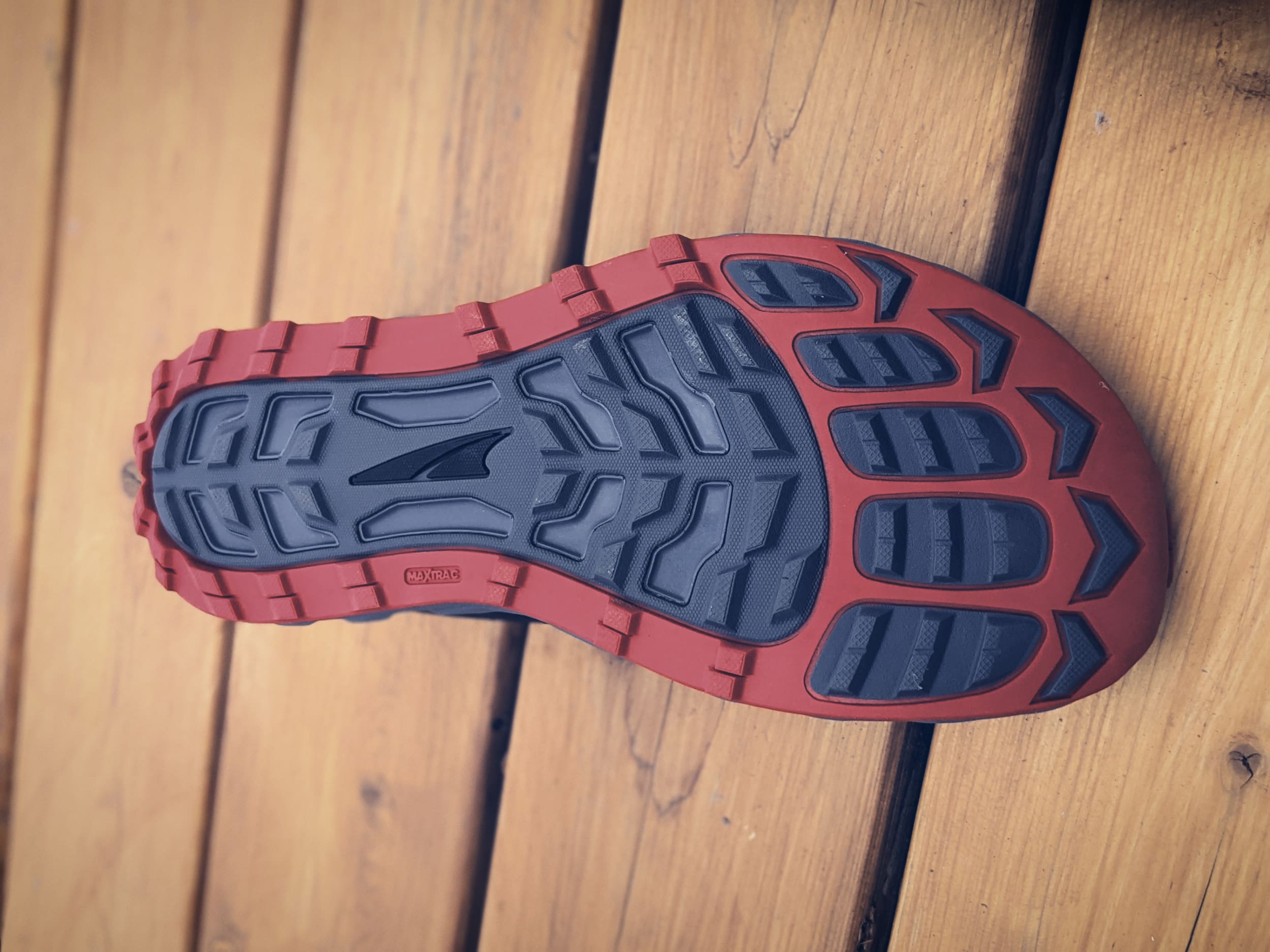
Sustainability and Durability
Long-lasting shoes pay off in multiple ways
Altra Running Shoes
When I worked at a running shoe shop, there was always one caveat I had to point out to customers when they were buying Altras.
“They don’t last long.”
That’s a horrible thing to have to admit when you’re trying to sell a product, but it was the truth. We’d often have customers coming back in after 300km, and the uppers had torn right through. For me, 300km is nowhere near good enough.
Luckily, times (and shoes) have changed since I worked in retail. Altra now has more money and backing, and it seems like they’re making better material and design choices to maintain the longevity of the products for more than 300km. My current Altra Escalante’s have nearly 300km on them, and they look like they’ve hardly been touched.
Vivobarefoot Running Shoes
When it comes to Vivobarefoot, sustainability is part of their brand. From the materials they use to the policies in place, you can rest assured your purchase is a more positive environmental choice.
As mentioned in the materials section, the use of recycled materials is commendable, but Vivobarefoot takes it further than that. It’s possible to “Revive” your old worn-out Vivos with a sole replacement, restitching, and freshen up, so your shoes are as good as new. Sadly the service is only available in the UK, but the website mentions the service will be expanding soon.
The Revive service only comes into play when your shoes break down, and for me, that seems like it’ll be far in the future. There’s no sign of upper breakdown and only minimal wear on the outsole of my Primus Lite III’s. So that $20 premium you pay for Vivo will likely pay off in the long run.
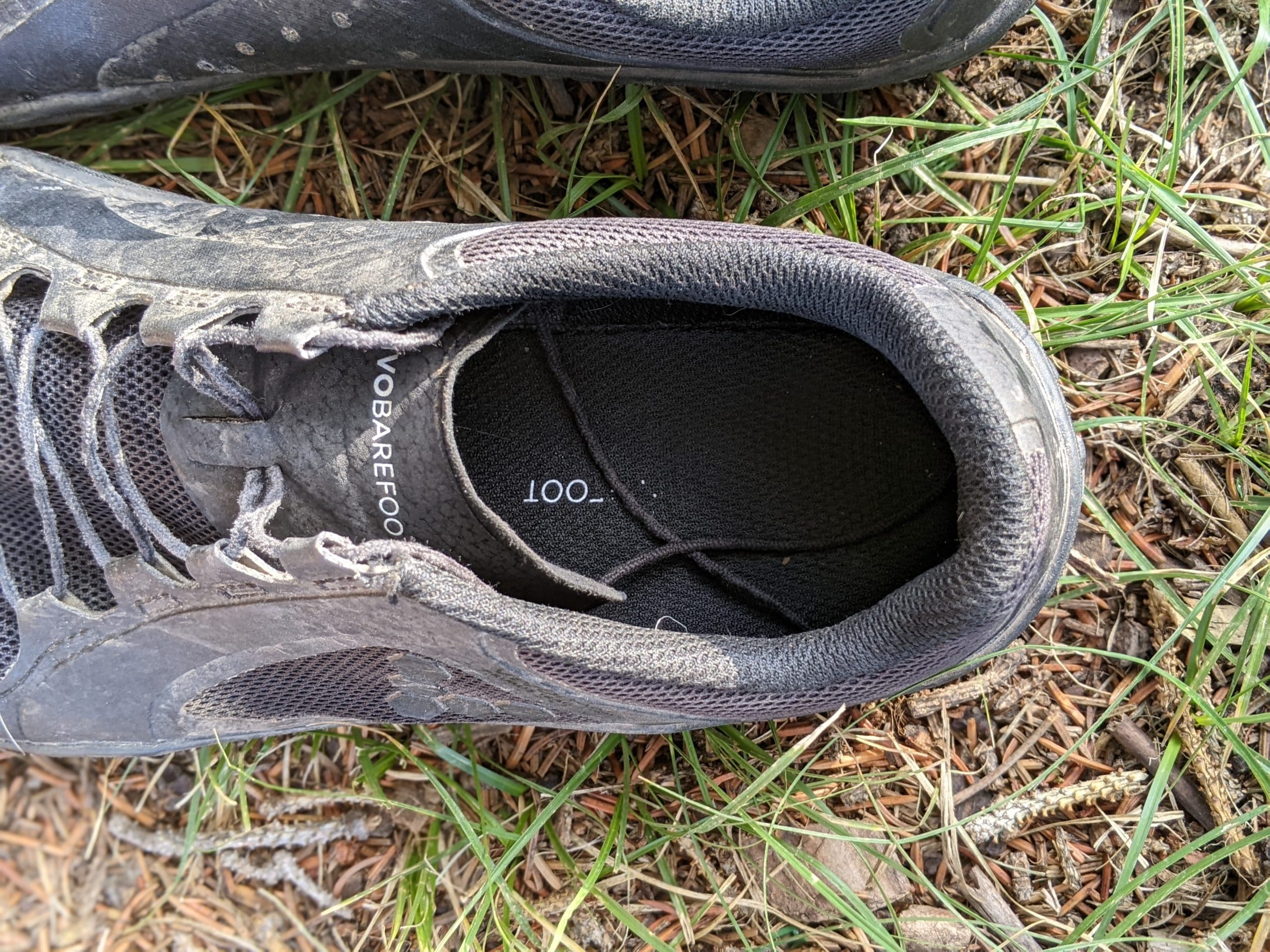
Fit and Feel
If they don’t feel good, they don’t run good.
The relationship Altra has with the traditional shoe industries is obvious when it comes to the shoe’s feel. Although wider and very accommodating, the materials used in the shoe give off a very familiar trainer/sneaker/tennis shoe feel.
The same cannot be said for Vivobarefoot shoes. Because of the stripped-back focus of their shoes, they feel much like a glove offering just enough protection for the outside world.
Yes, they both have wide-toe boxes, both zero drop, but the similarities end there.
With a boatload of cushioning under the Altras, the shoes will feel very different. If you’ve never tried barefoot, get outside and try it now! It’s a new ball game. So comparing the feel of both shoes is unfair, so the question becomes philosophical.
Is barefoot running safe, or should you protect yourself with some cushioning?
Short answer. Yes. But not how you think it does.
If you’ve ever run down the road with no shoes on, you’ll know that you have to tread carefully. But it’s not because of rough terrain; it’s because you’re naturally cushioning your stride with the complicated biomechanics of the foot to make the ride easier on your body.
The foot is a complicated structure comprising 26 bones, 30 joints, and +100 muscles –and at some point during history, we decided to wrap it in stiff footwear and put a huge sponge under it. Sounds weird, doesn’t it?
By not using our feet to their full potential, we lack the ability to reduce the impact forces shooting through our legs and, in effect, push the possibility of injuries into upper leg joints.
Don’t believe me? Let’s look at some experiments I performed with the shoes.
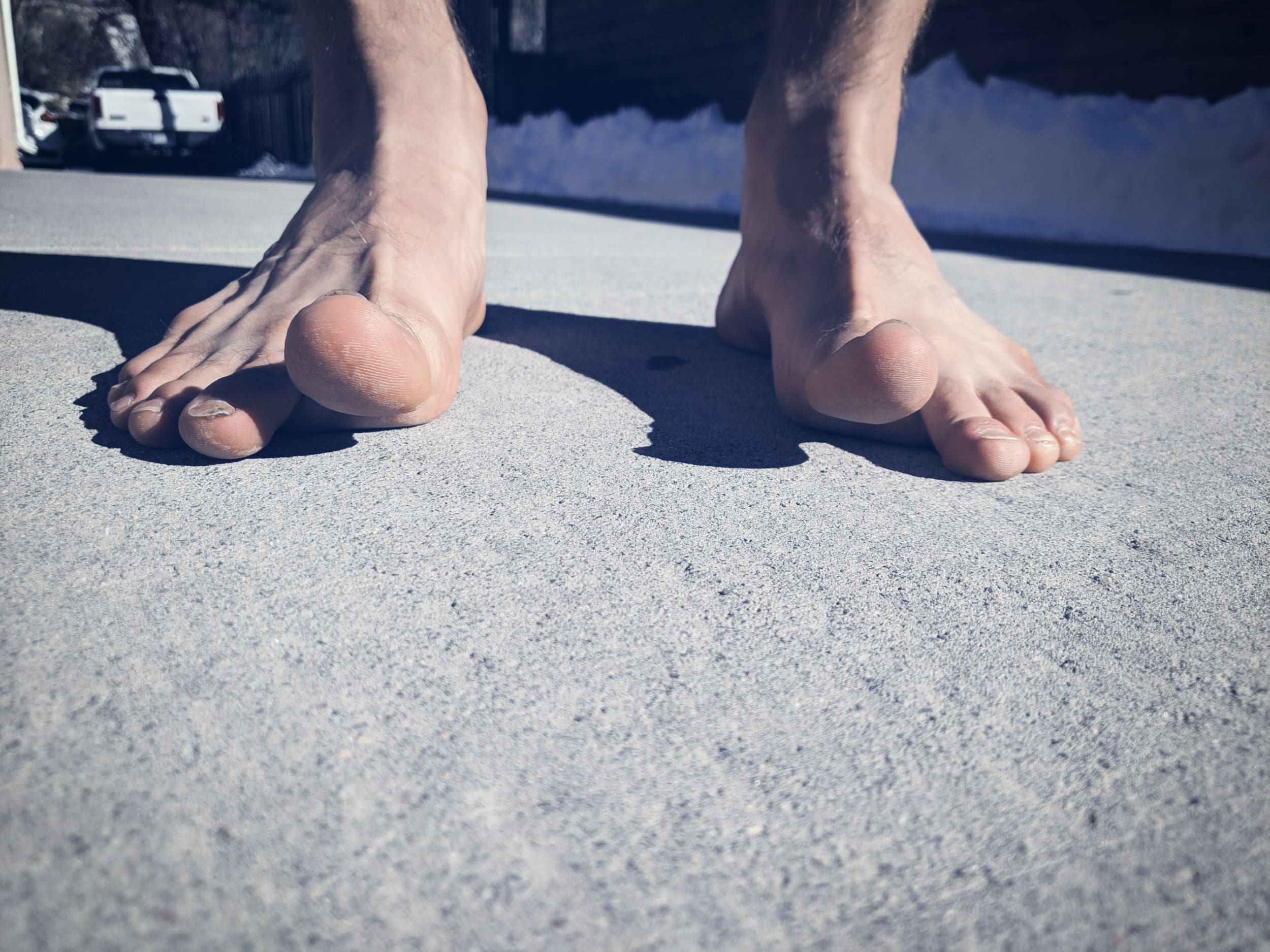
Gait Analysis Comparison
Real-world data from my feet!
Research shows that cushioning can increase the impact forces, which puts more stress through our joints! Cushioned shoes allow runners to over-stride and heel strike more often, causing a heavier landing.
For some people, that’s hard to believe, so let’s look a real world example displaying the impact forces occurring in both Altra and Vivobarefoot shoes.
To collect the data, I use RunScribe, a food pod gait analysis system to analyze your running gate. I did a short run of 1.5km in both shoes, on the same course, and at 3 different speeds. The patterns are the motion of the foot landing, where you can see I’m a predomently forefoot runner. And the numbers I’ll explain after the images.

Altra Escalante 2.5

Vivobarefoot Primus Lite III
Looking at the images, you can see Shock, Impact GS, and Braking GS.
Impact GS is the amount of force that is applied vertically. Basically, how heavy you land with your body weight applying the force.
Braking GS is the amount of force that is applied horizontally. How much force is transferred from the front to back.
Shock is a combination of these two values.
The first thing to notice is that Impact GS is higher in the Escalante’s than it is for the Vivos! This directly backs up the point that we hit the ground with more force in cushioned shoes
So is cushioning bad? Maybe not.
Next, you will see that Braking GS is higher in the Vivos. Meaning the legs, and in particular, the calves and feet have to put more effort into braking and take more of a beating.
So it’s basically a case of pick your poison! Do you want a lot of the impact going through your knees and hips with Impact GS (Altra), or more impact spread through your feet and low legs with Braking GS (Vivos).
Or maybe the answer is both? Just like training, you can mix things up. When my feet are feeling achy, I often reach for more cushioned shoes. Just make sure to ease into any changes, like barefoot or even into traditional if you’re looking to transfer back.
Vivobarefoot shoes are for you if:
- You’ve already made the transition to minimal shoes.
- You’re interested in trying minimal shoes, and you’d like to try them for short runs or everyday walking.
- You’re looking for casual shoes that will benefit you over the long run.
- You’re looking to transition away from another brand, but you’ve never tried minimal shoes.
- You’re looking to transition to minimal shoes, but you’d like to continue running the distances you already run.
- You’ve got a race soon, and you don’t have time to slow down and transition to a minimal shoe.
Buy both if:
- You eventually want to run in minimal shoes, but you’ve never tried it. That way, you can run the longer distances in Altra’s and begin working in Vivobarefoot VERY slowly.
- You run very long distances, and your feet/body have not fully adapted to minimal running, or if you feel your feet need a rest on some runs.
- You want the benefits of walking in barefoot shoes but still have the protective aspect of Altras when running.
Altra Superior 5
My backup trail runner for when the trails get rough, and the rocks get sharp. These are the most minimal Altra trail runners you’ll find with a 21mm stack height. If you’re looking to dial back the cushion.

Vivobarefoot Primus Lite III
This recycled shoe gives is the intersection of barefoot meets precision. With plenty of room in the toebox and very little between you and the ground, you can work on your barefoot game day in and day out.

Altra Escalante 3.0
My backup road shoes for when my feet are super tired, and I’m working on recovery.
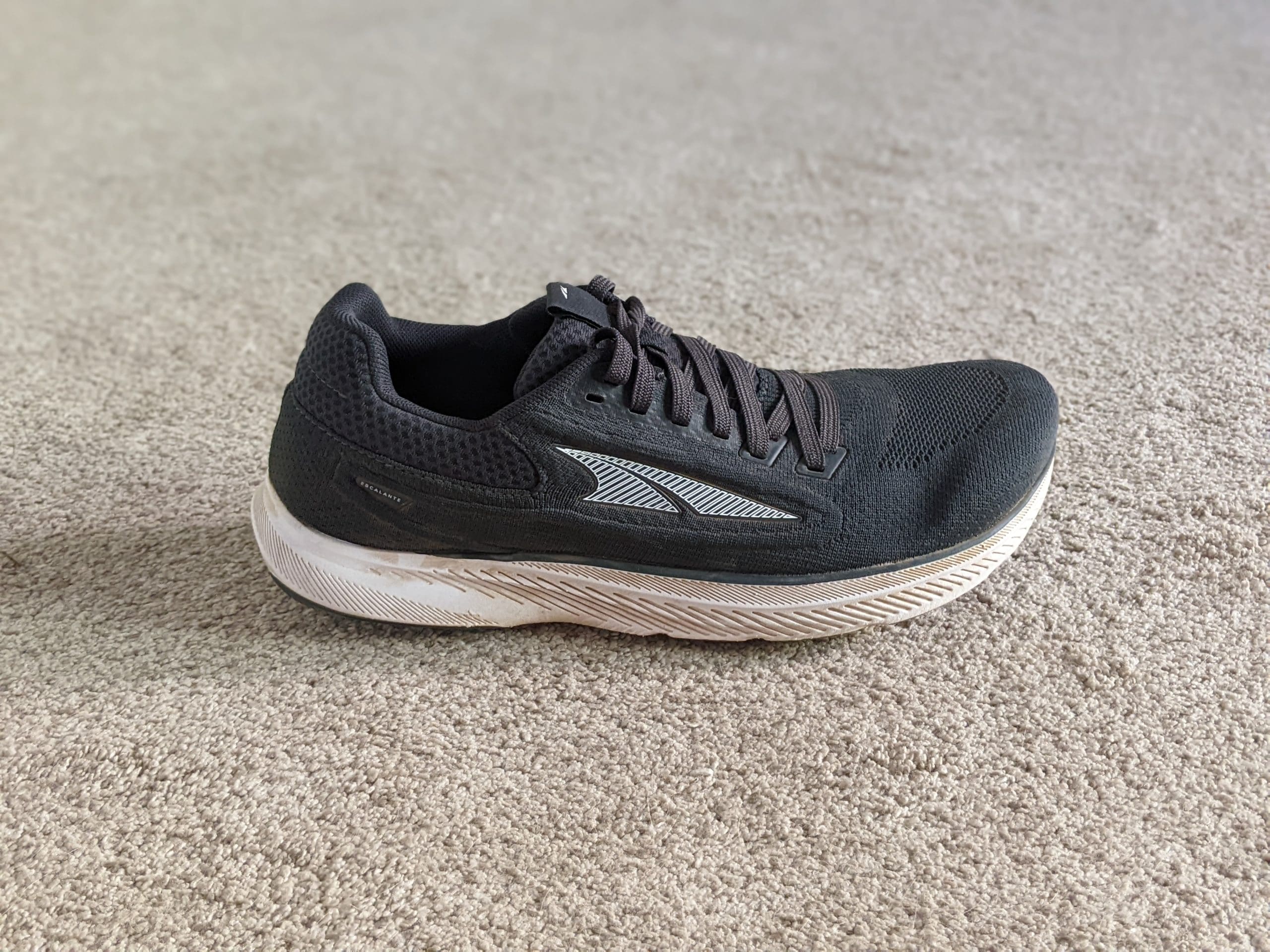

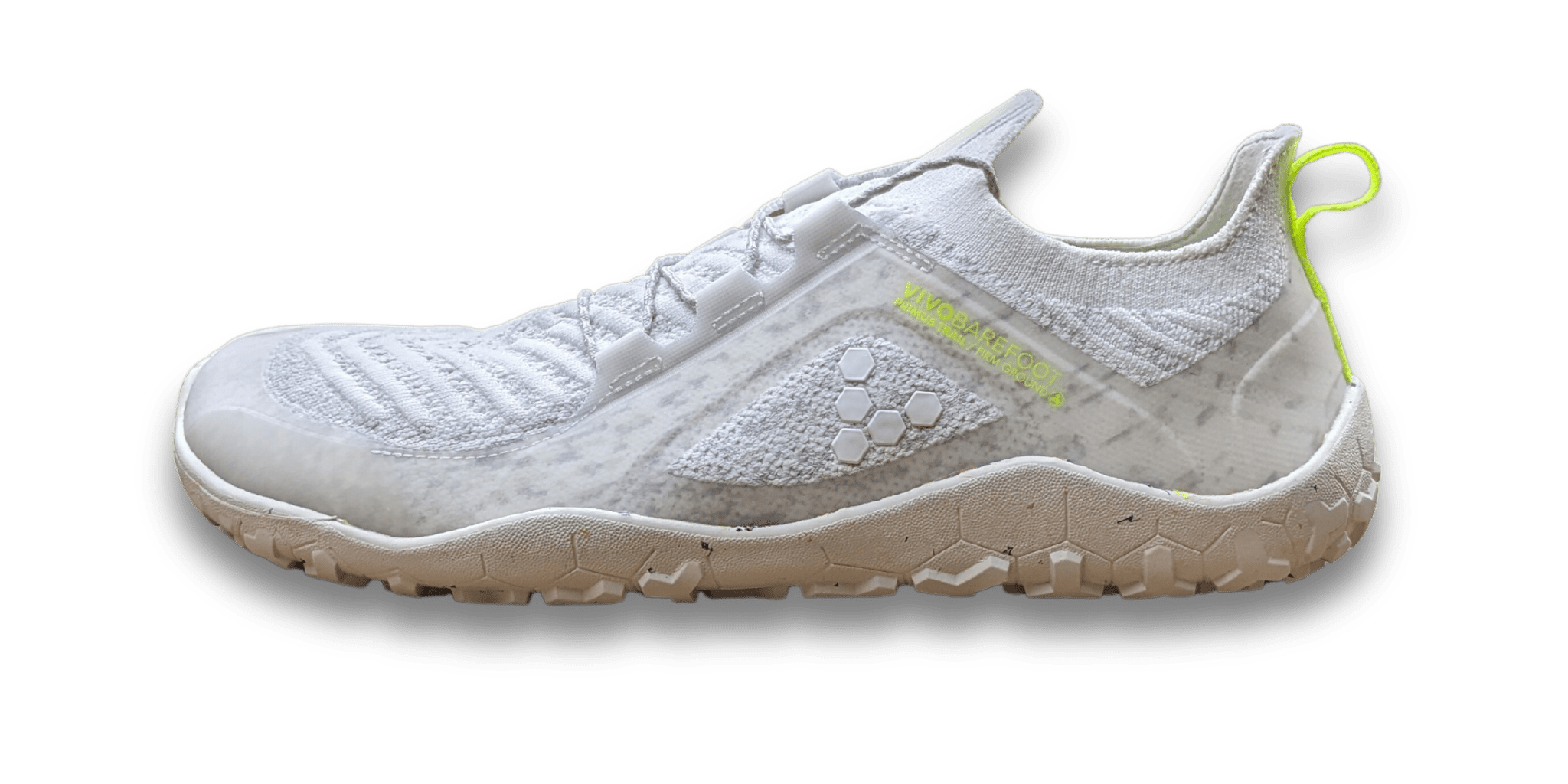


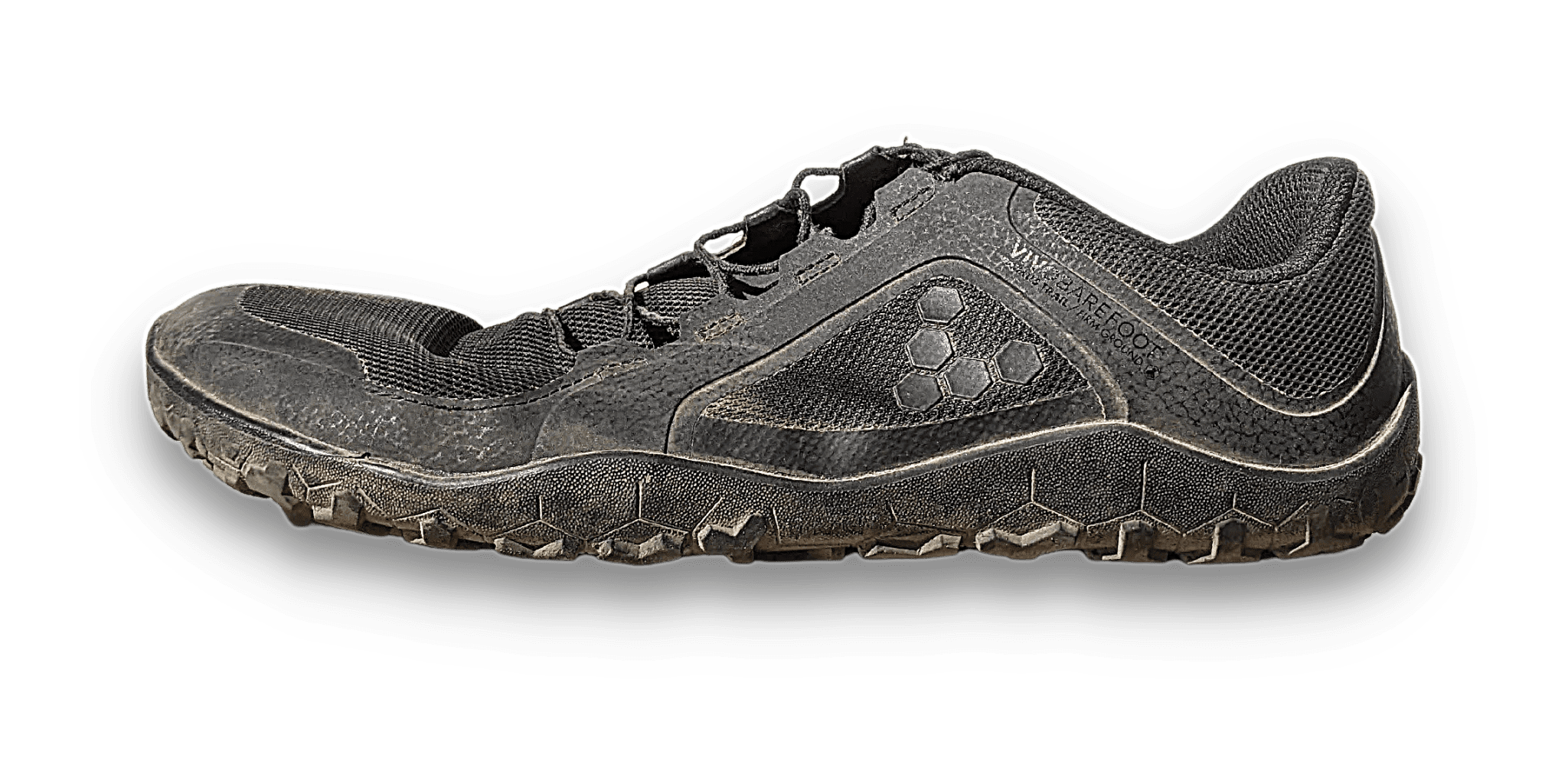


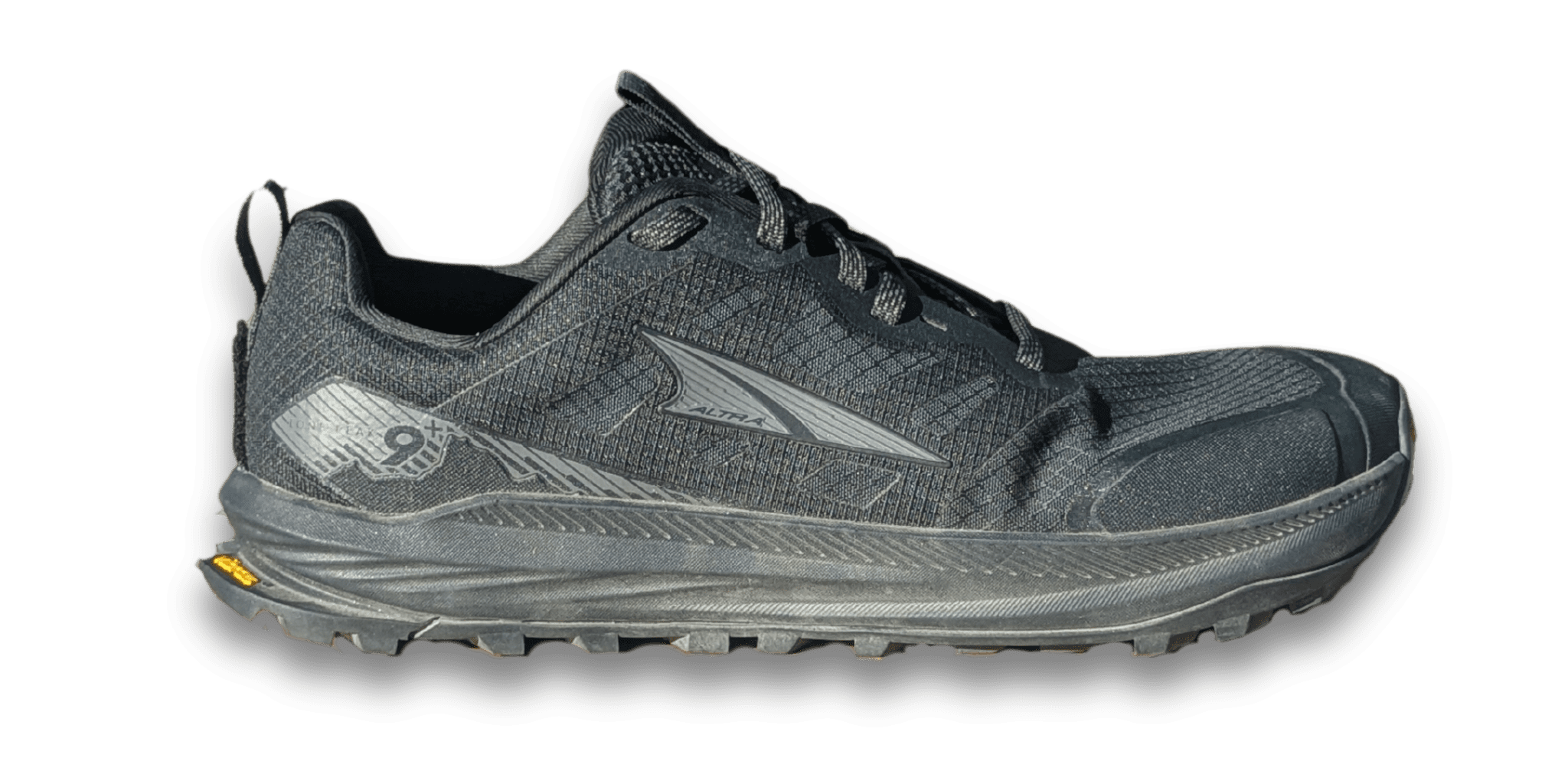



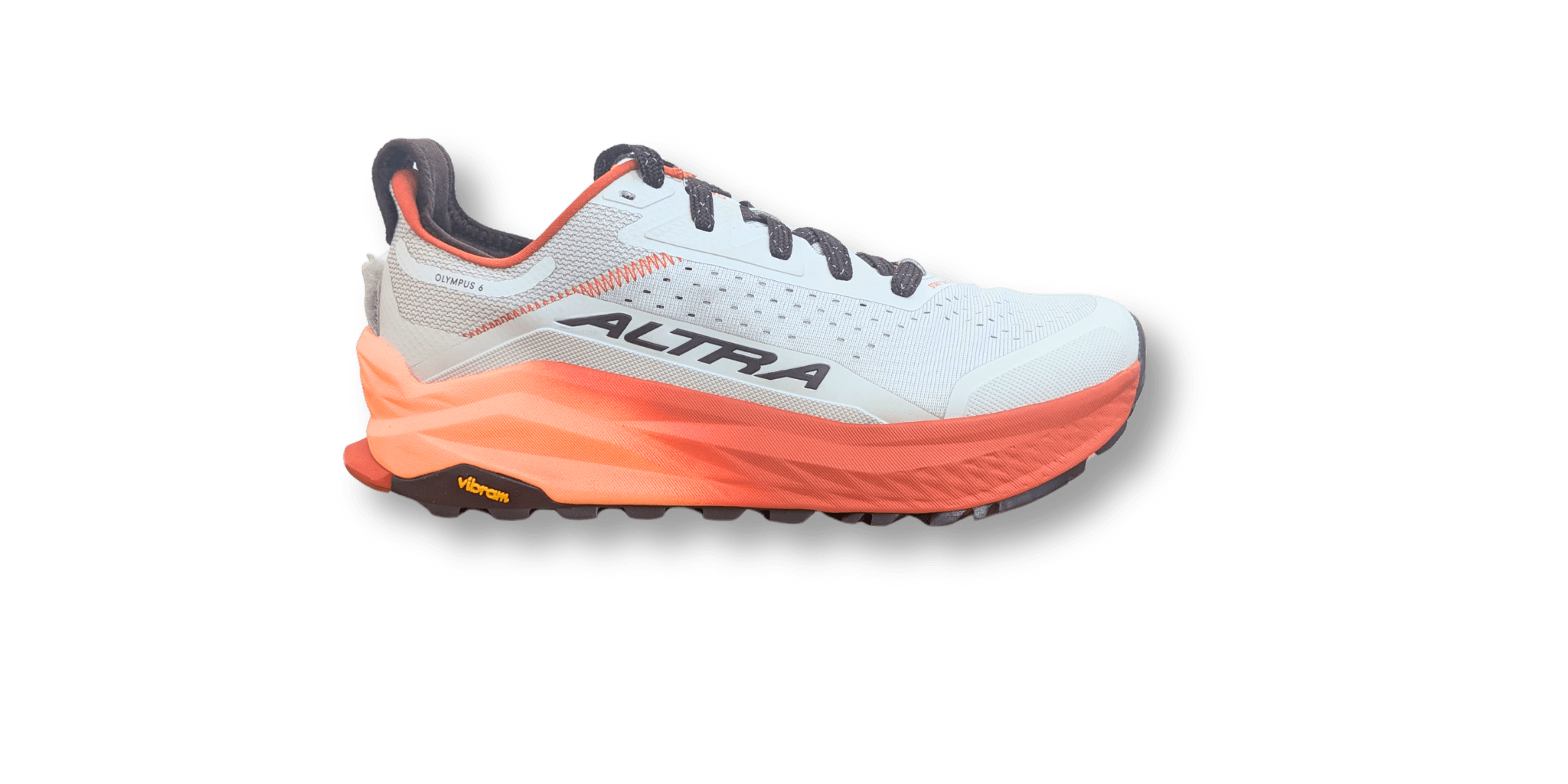
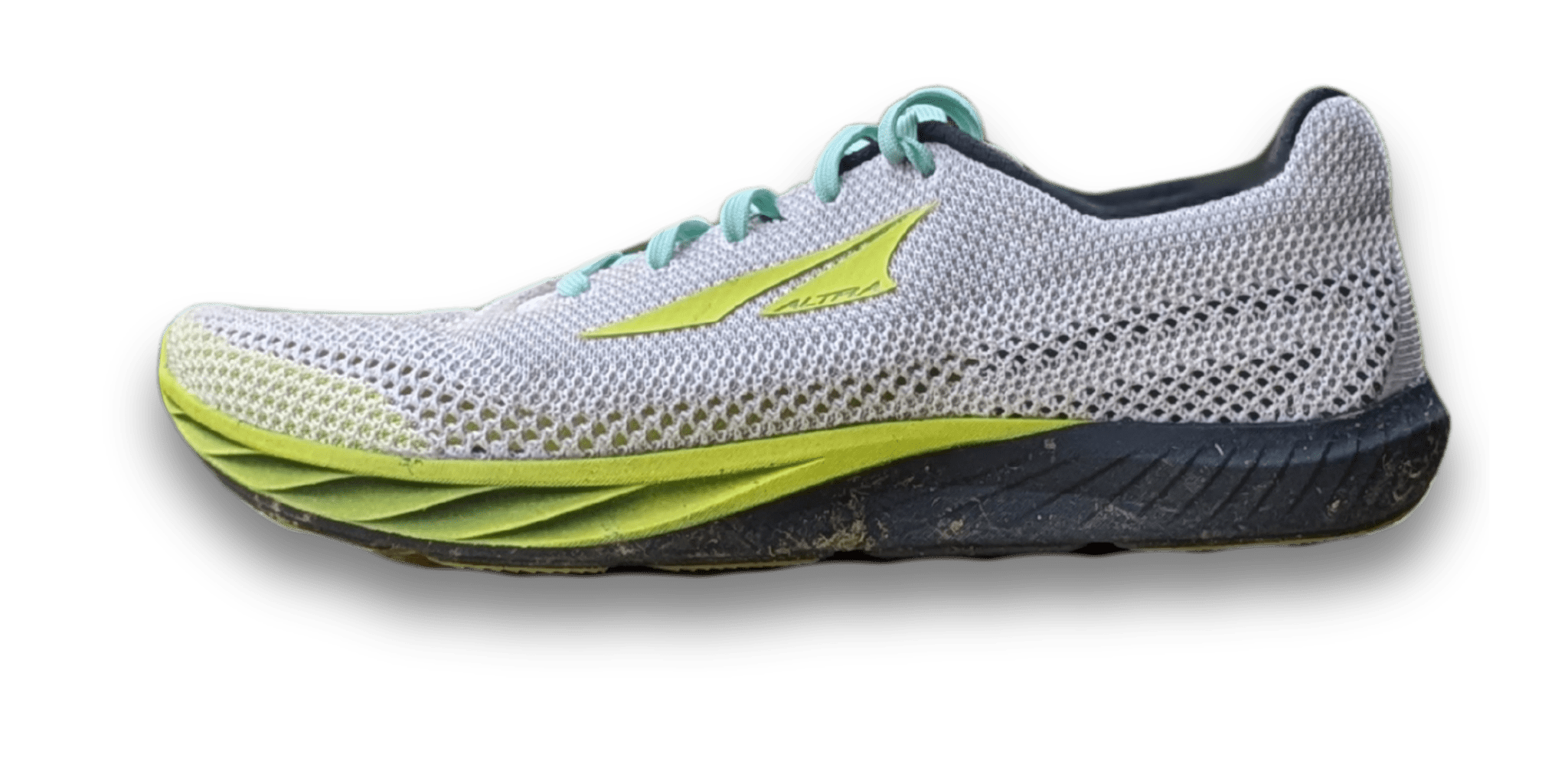
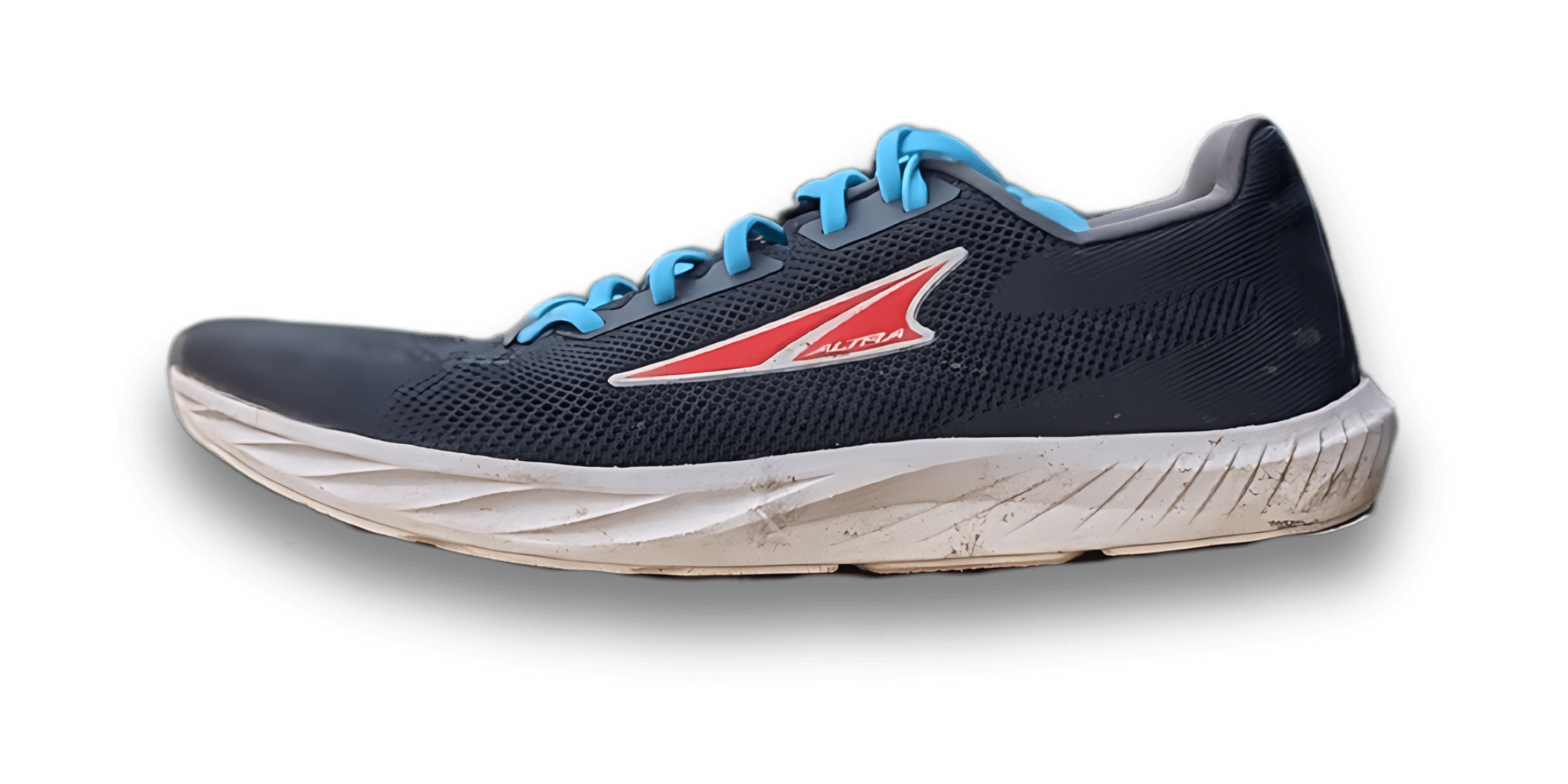
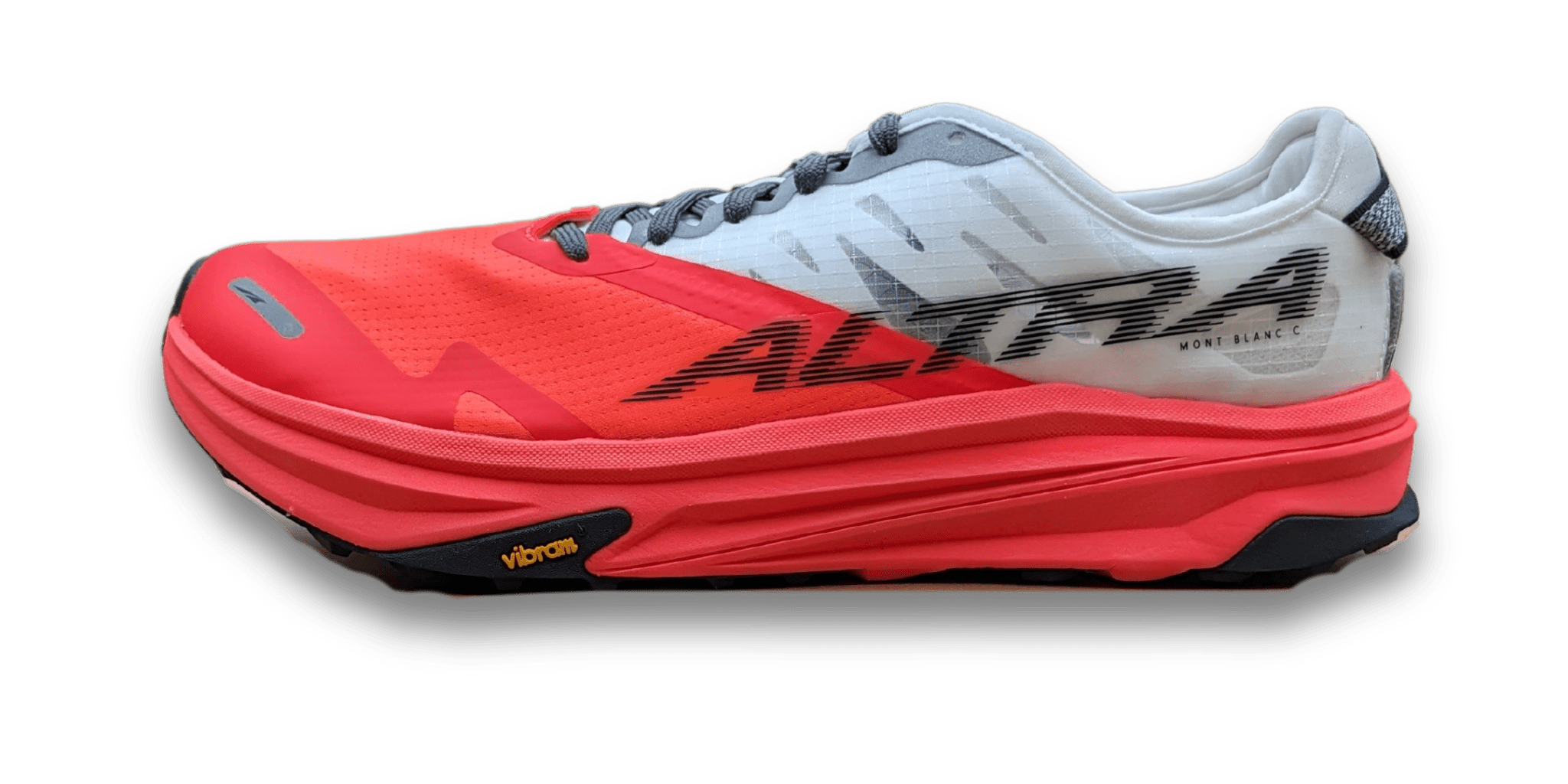

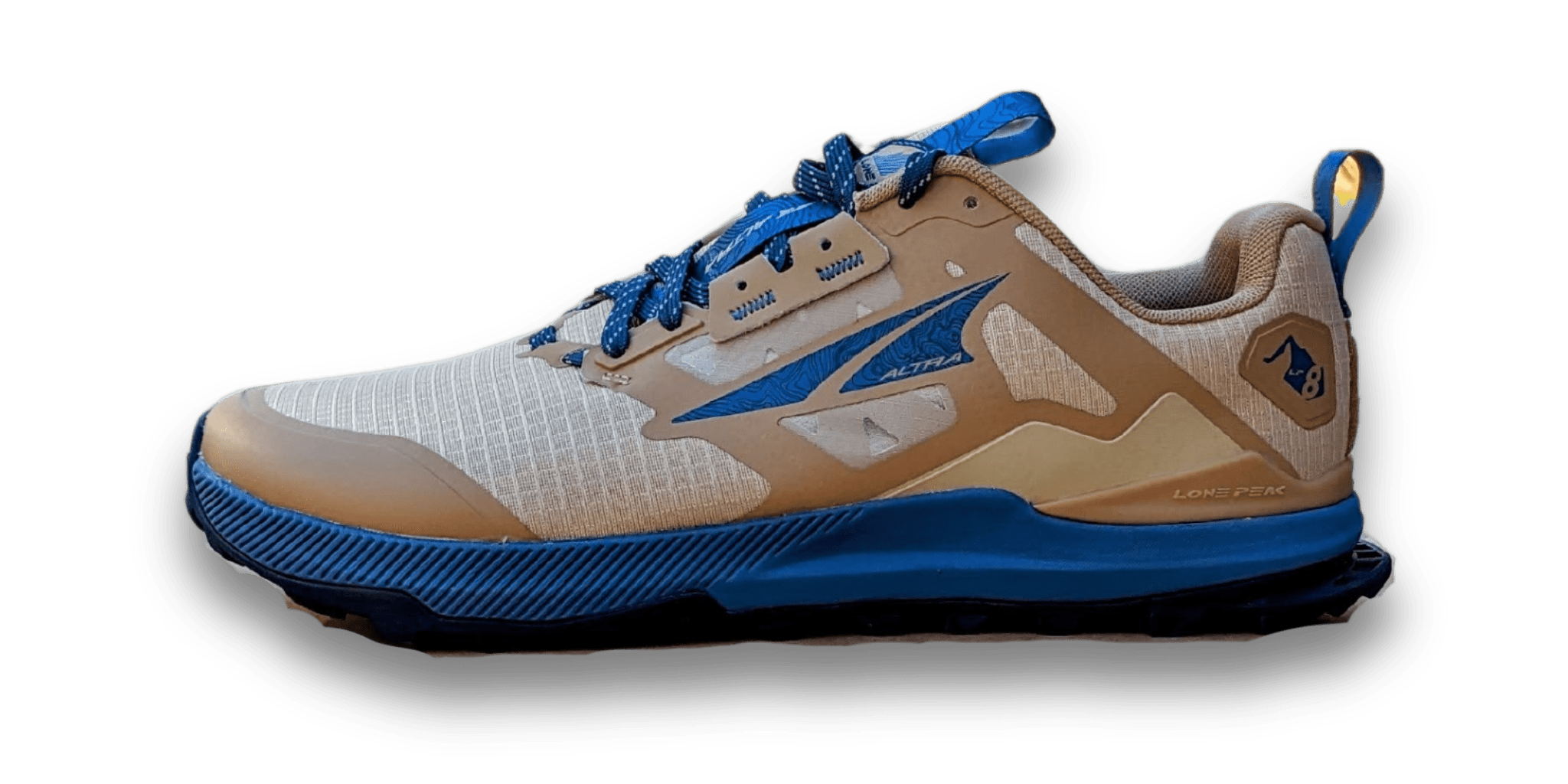
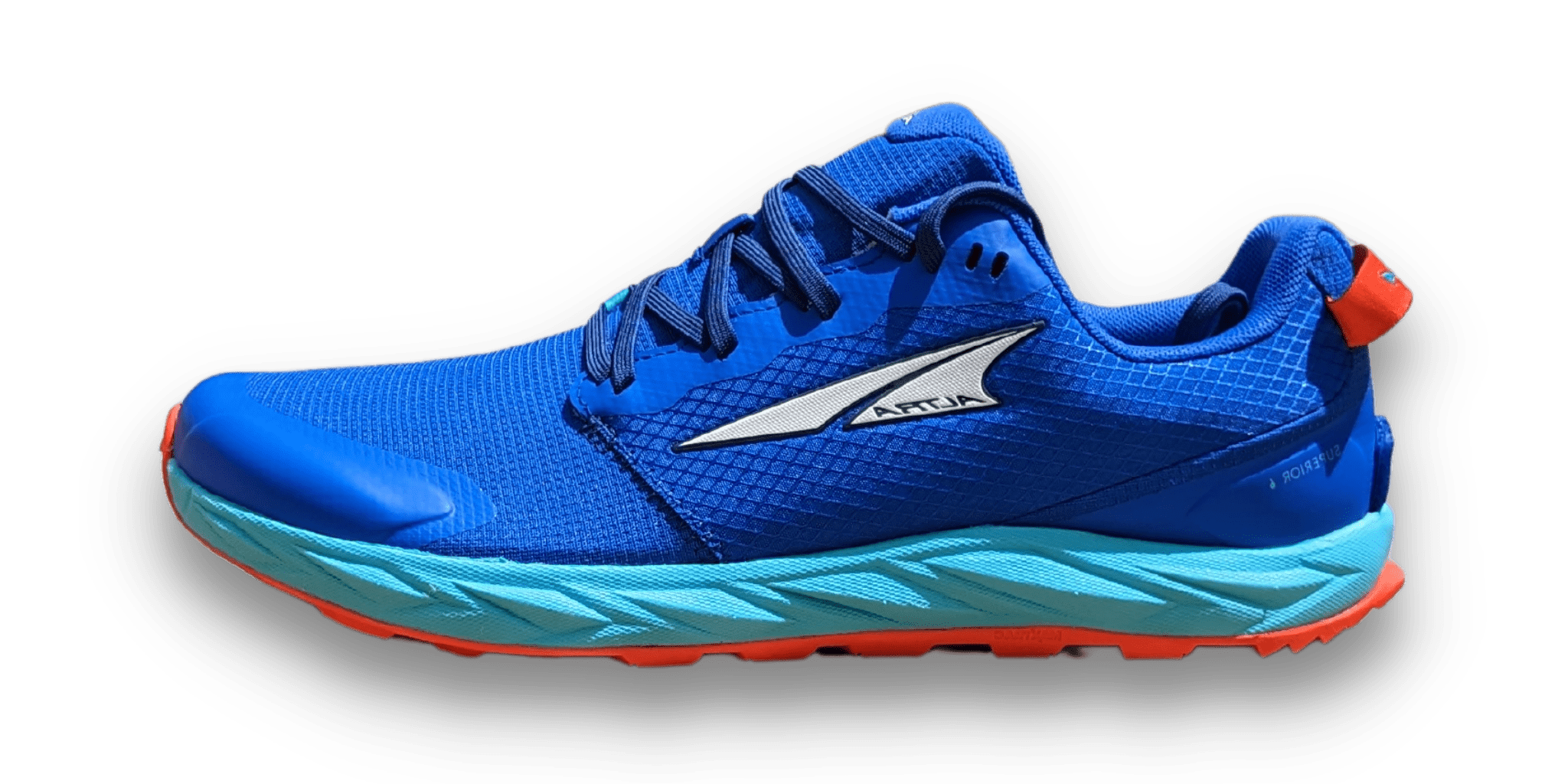
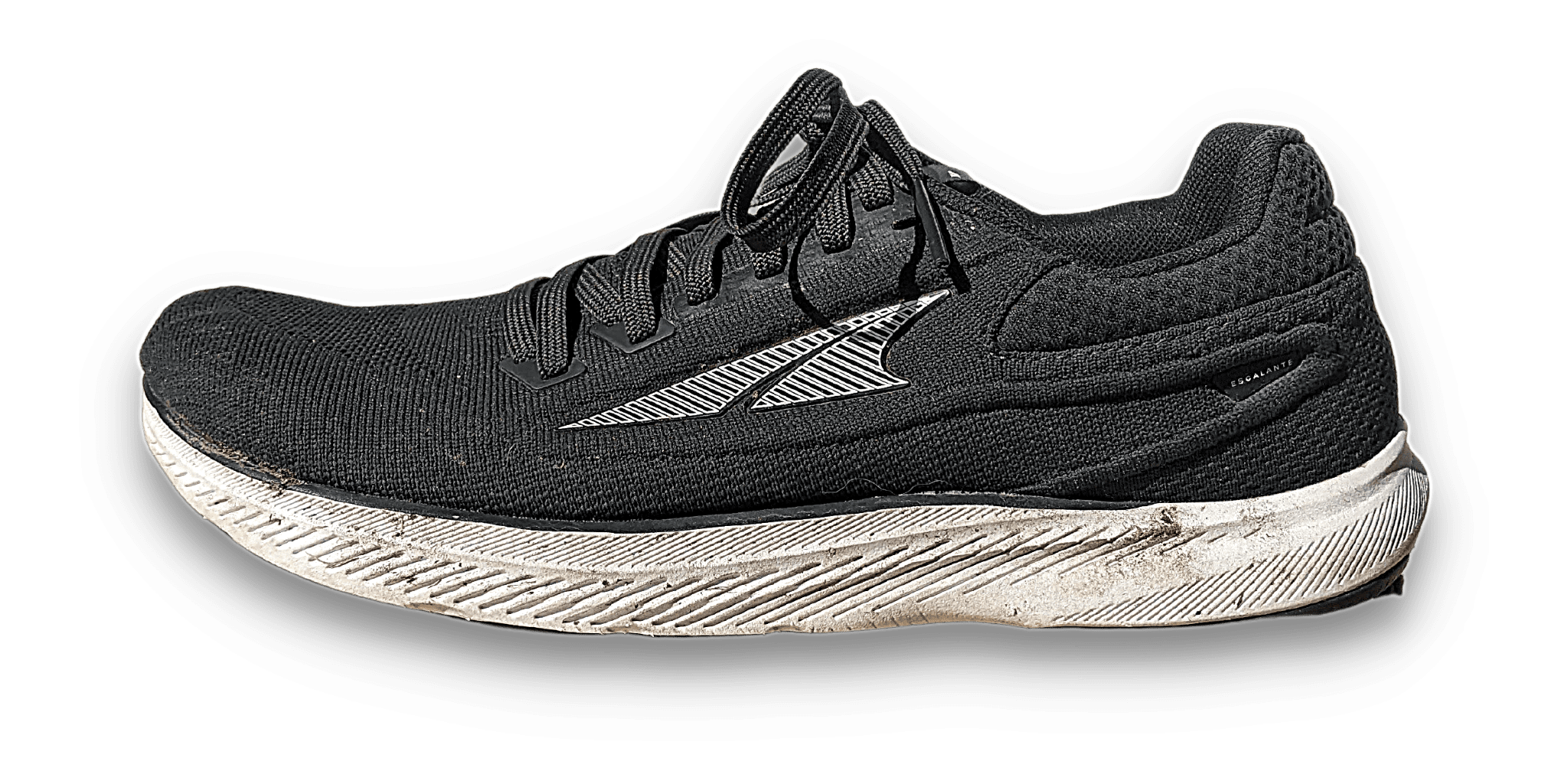

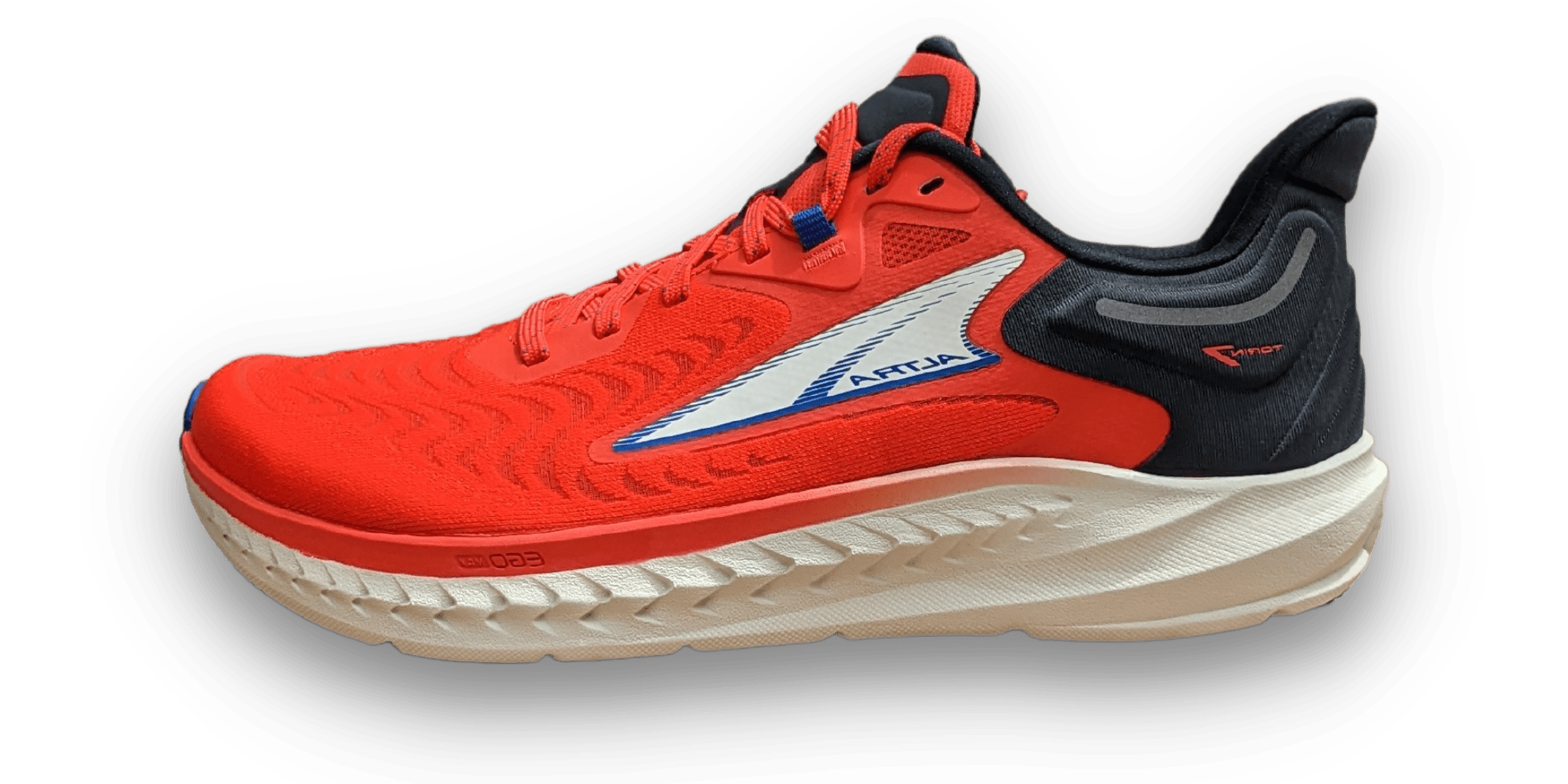



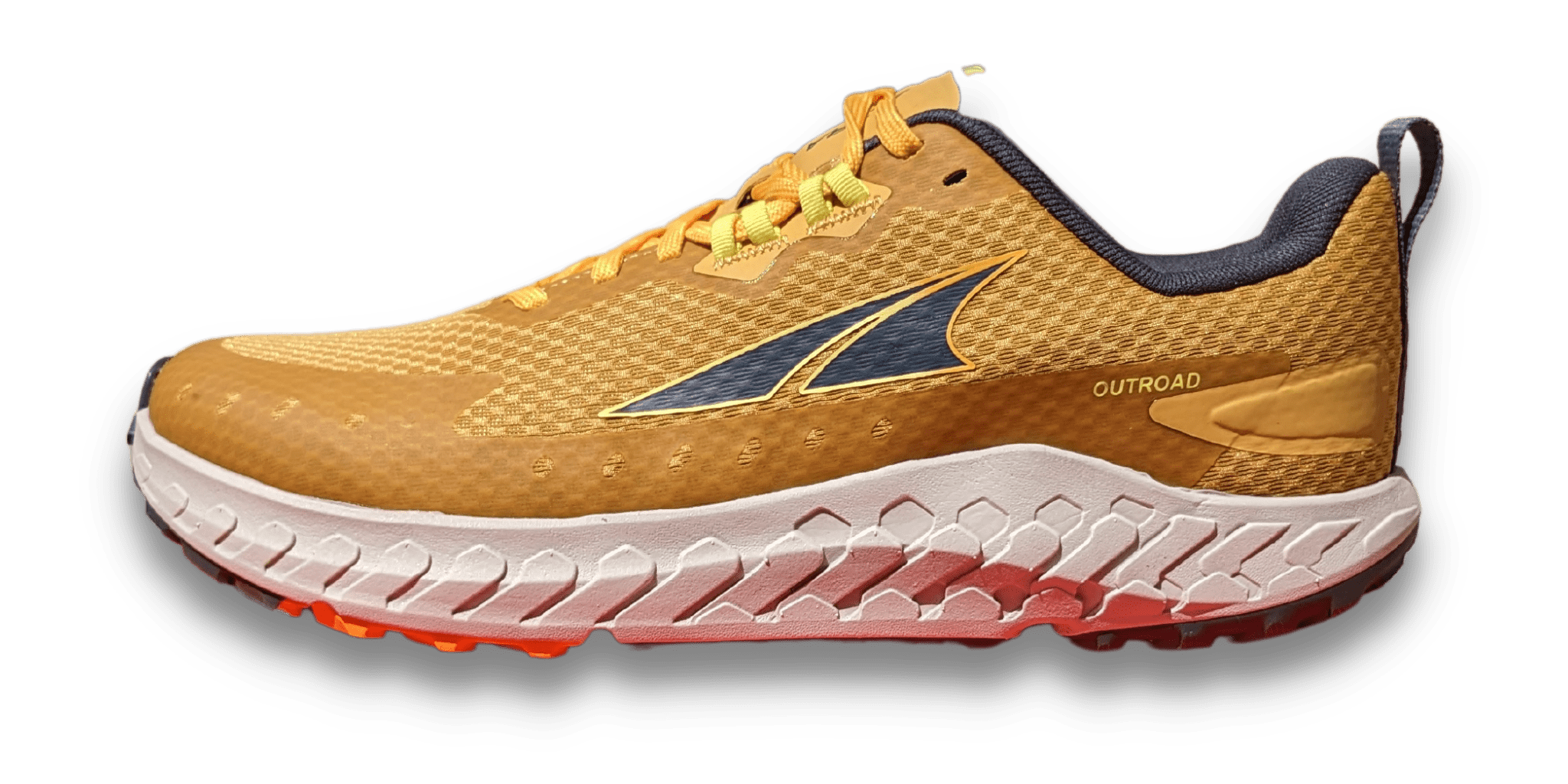

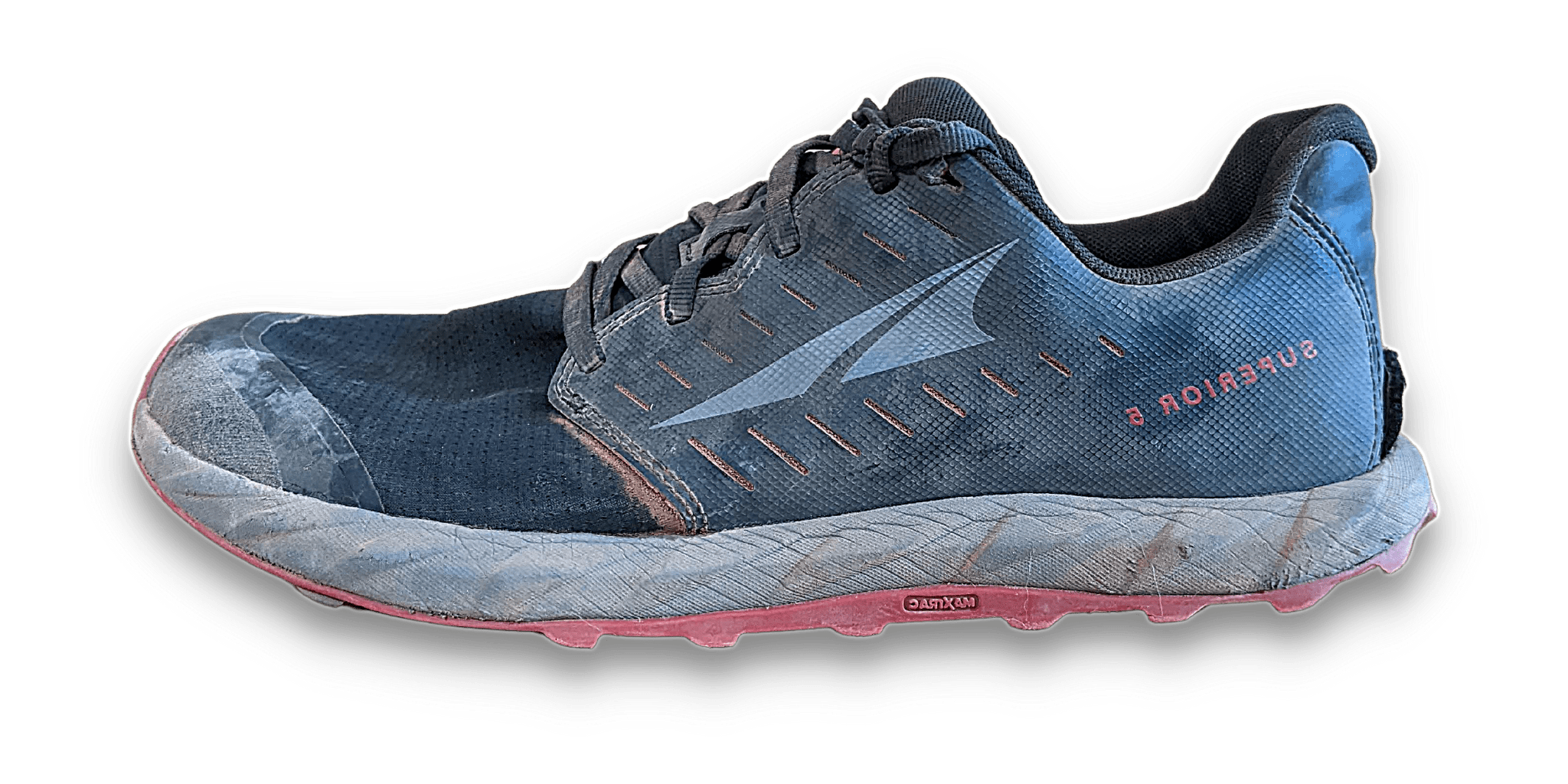
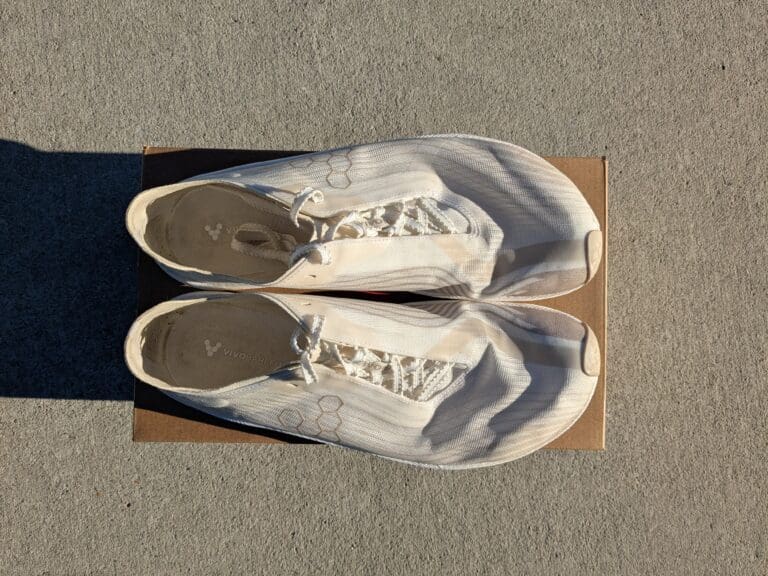
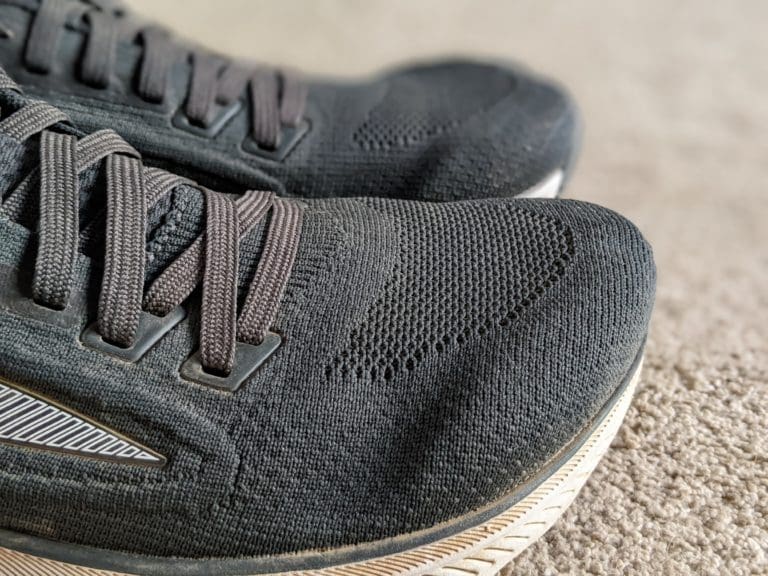
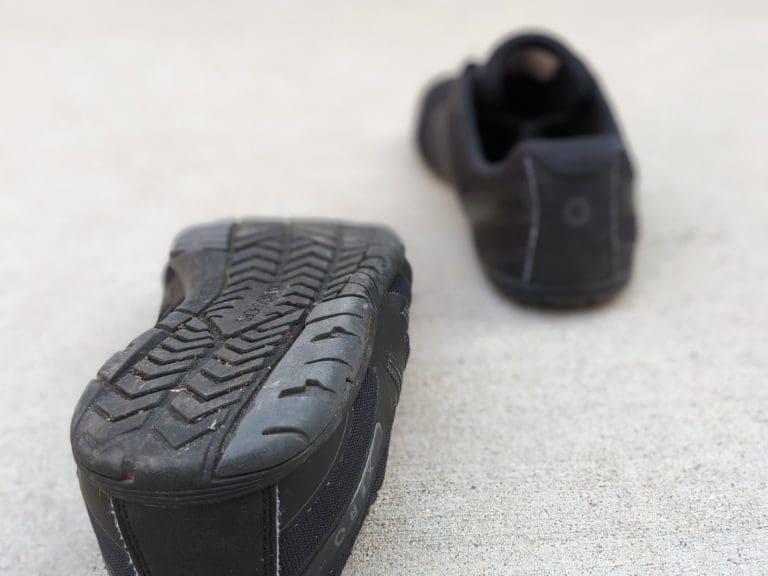
Thanks! This was a very helpful and well written text and just what I needed. Great!